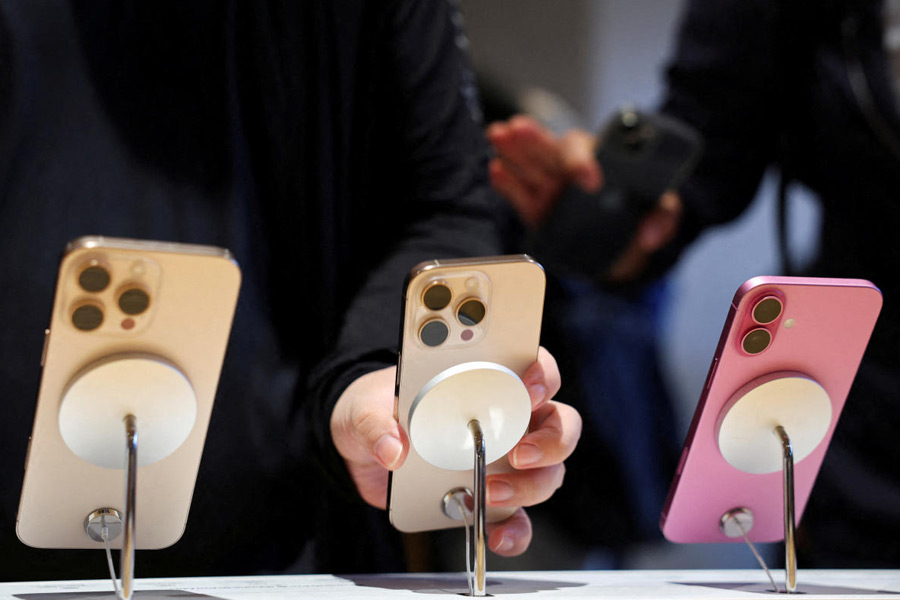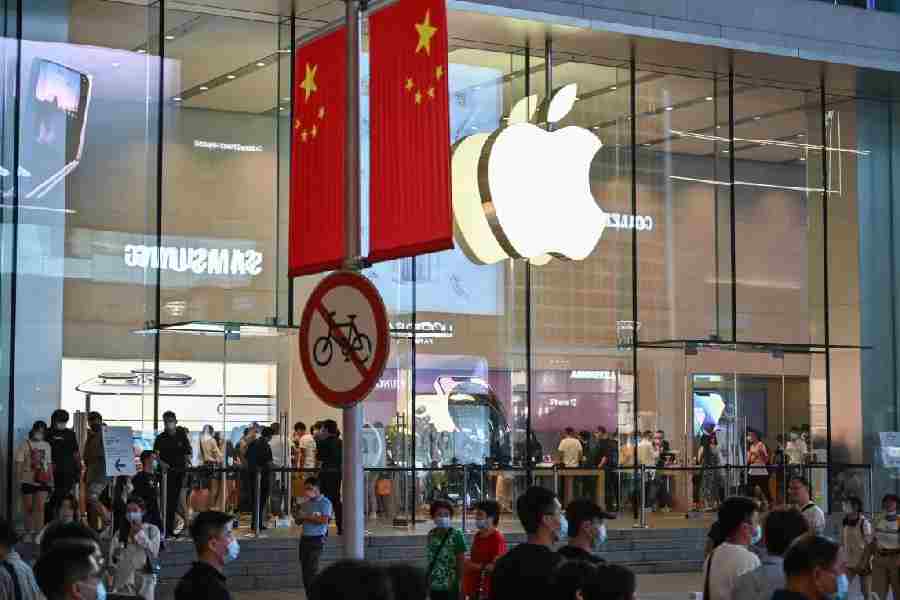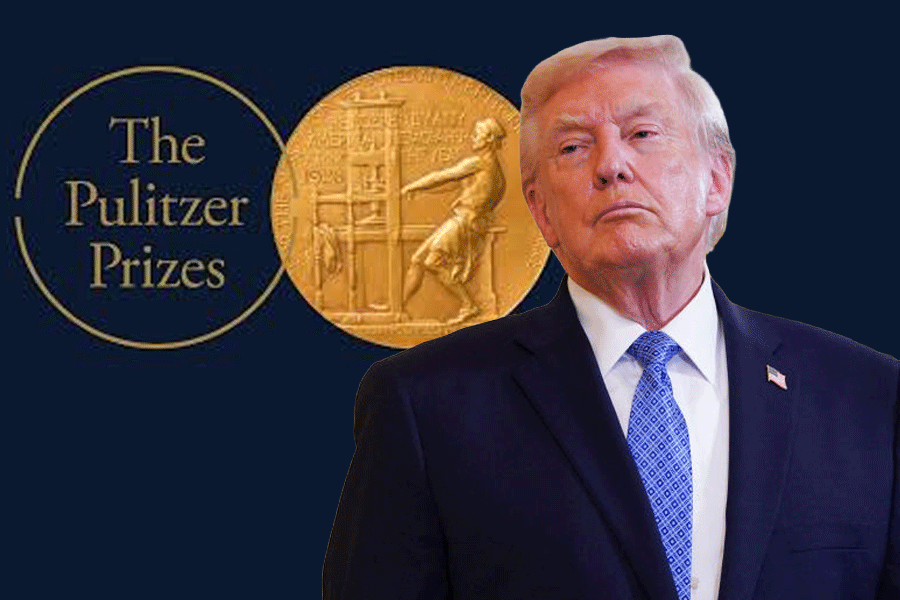India has overtaken China’s share in US imports of smartphones and India needs to replicate that success in 10 other manufacturing sectors, Amitabh Kant, former CEO of NITI Aayog, said on Wednesday
“India’s share of smartphone imports in USA has jumped to 44% in last three months till June as compared to 13% in same period last year. It has overtaken China whose share in US imports of smartphones has fallen from 61% to 25%. India needs to replicate this story in ten other manufacturing sectors by tying up with global companies and becoming an integral part of global supply chains,” Kant, who till recently was India’s G20 sherpa, wrote on his X (formerly Twitter) handle.
This is the first time India has overtaken China to become the leading exporter of smartphones to the United States for the first time, according to a new report from research firm Canalys.
Apple’s accelerated manufacturing pivot away from China is the primary driver of this shift.
In the second quarter of 2025, smartphones assembled in India made up 44 per cent of all US smartphone imports, up from just 13 per cent in the same quarter last year. In the same period, China’s share plummeted to 25 per cent from 61 per cent a year ago. Vietnam accounted for 30 per cent, overtaking China as well.
“India became the leading manufacturing hub for smartphones sold in the US for the very first time in Q2 2025, largely driven by Apple’s accelerated supply chain shift to India amid an uncertain trade landscape between the US and China,” said Sanyam Chaurasia, principal analyst, Canalys.
Chaurasia added that Apple has scaled up production in India as part of its ‘China Plus One’ strategy, and has dedicated most of its Indian export capacity to serve the U.S. market this year.
“Apple has begun manufacturing and assembling Pro models of the iPhone 16 series in India but is still dependent on established manufacturing bases in China for the scaled supply needed for Pro models in the US,” he said.
Apple’s shift comes amid heightened trade tensions and uncertainty over tariffs. Although many of its core products, including iPhones and MacBooks, have received temporary tariff exemptions, US President Donald Trump has pushed for more domestic production. In April, the US imposed a 26 per cent tariff on Indian imports, significantly lower than previous tariffs on Chinese goods, but paused duties until an August 1 deadline.
While Apple leads the charge, Samsung and Motorola have also increased smartphone assembly for the US market in India, albeit at a slower pace. Motorola’s core production still remains in China, and Samsung largely relies on Vietnam.
“Motorola, similar to Apple, has its core manufacturing hub in China, whereas Samsung relies mainly on producing its smartphones in Vietnam,” Chaurasia noted.
Many global electronics firms are now looking at India as a viable assembly destination. Renaud Anjoran, executive vice president of Agilian Technology, said his China-based firm is renovating a facility in India to begin trial production runs soon.
However, he noted that manufacturing yield rates remain lower in India and Vietnam compared to China, citing inexperienced labor and logistical hurdles.
Even as shipments surged, overall smartphone exports to the US rose just 1 per cent in Q2, as companies rushed to frontload inventory in anticipation of future tariffs. According to Canalys, iPhone shipments to the US declined 11 per cent year-on-year to 13.3 million units, reversing a 25.7 per cent increase in the prior quarter. Globally, iPhone shipments fell 2 per cent to 44.8 million units.
“Yet, the market only grew 1 per cent, indicating tepid demand in an increasingly pressured economic environment and a widening gap between sell-in and sell-through,” said Runar Bjorhovde, senior analyst, Canalys.
Apple’s commitment to India remains strong. Reports suggest the company plans to double its iPhone output in India from 40 million to 80 million units to meet US demand by the end of 2025.











